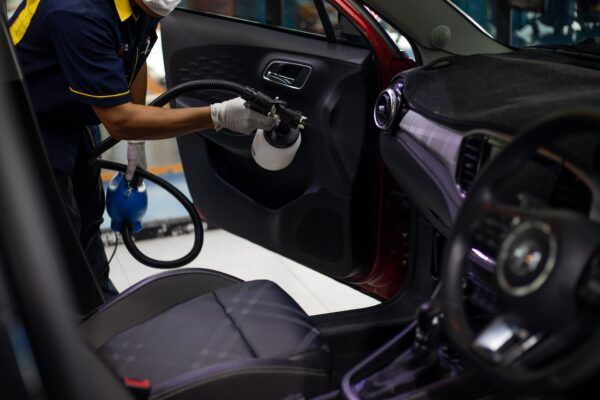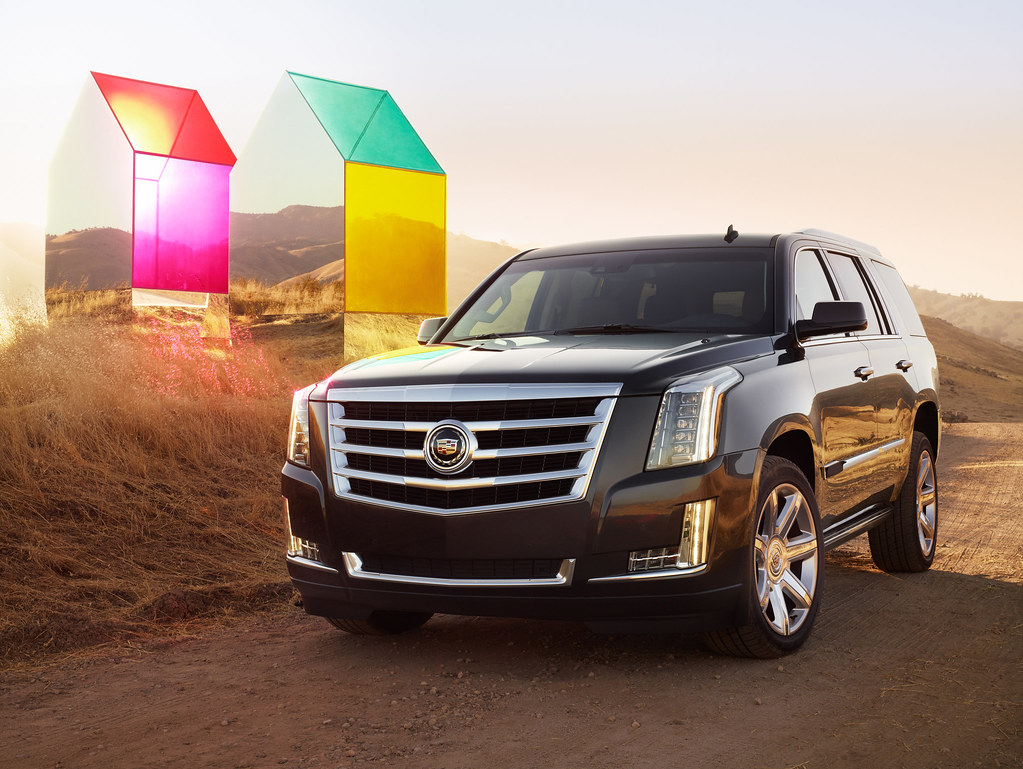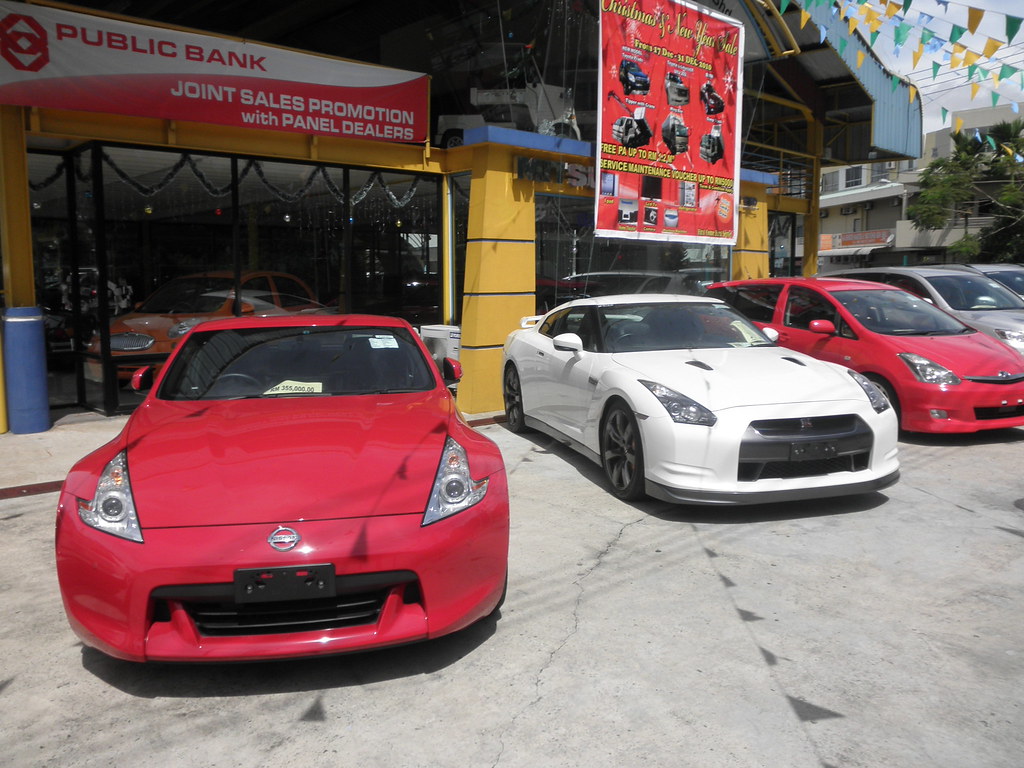
Step into our time machine, buckle up, and prepare for a fascinating journey back to an era when television commercials played by a very different rulebook. Before the age of instant viral outrage and hyper-sensitive social media feeds, advertisers had a peculiar knack for pushing boundaries that, today, would send entire marketing departments into a full-blown crisis. We’re talking about a time when ‘controversial’ was less about a nuanced discussion and more about a casual disregard for what we now consider fundamental ethical standards in advertising.
Indeed, the world and its values have changed at breakneck speed over the past few decades. Things that were well regarded in the 70s, 80s, or 90s, or even the early 2000s, would be utterly inconceivable today. Great advances in security, equality, and sustainability have reshaped our collective consciousness, influencing every facet of society, and perhaps nowhere is this evolution more evident than in the realm of advertising. These old ads serve as vivid reflections of their respective eras, showing us what was acceptable, what could be said, and how products were positioned within the cultural landscape of the time.
So, prepare to be surprised, amused, and perhaps a little cringed-out as we unearth some truly remarkable examples of vintage car commercials. These aren’t just quaint relics of yesteryear; they’re potent reminders of how far we’ve come, and occasionally, how much farther we still have to go. Let’s delve into these automotive advertisements that, despite once gracing our screens, would undoubtedly be banned if they dared to resurface today. Each one offers a unique window into a bygone era, sparking curiosity about a world where ‘anything goes’ sometimes literally meant just that.
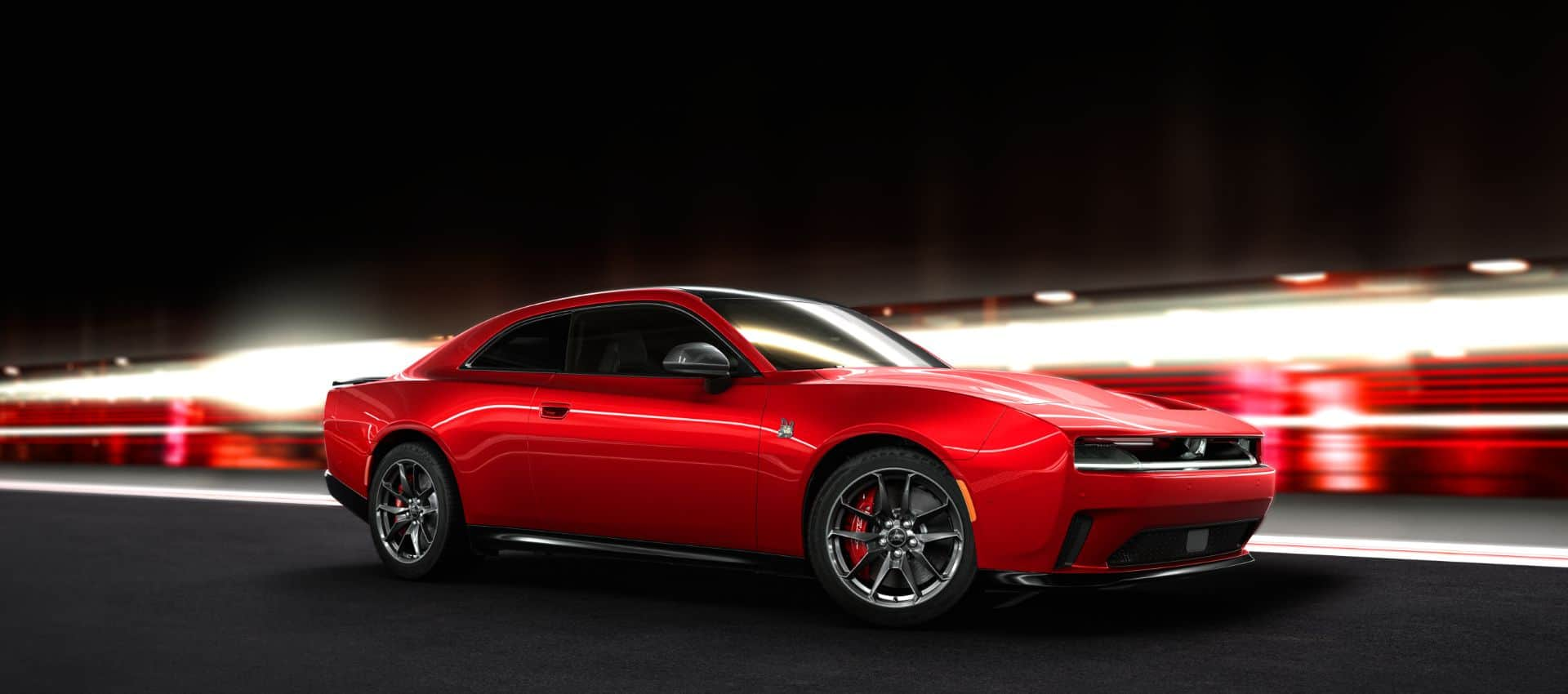
1. **Dodge Charger “Man’s World” Ad (1970)**Picture this: the year is 1970, and a deep-voiced narrator booms about how the Dodge Charger is the ultimate vehicle for asserting male dominance. This commercial didn’t just hint at it; it declared it outright. The ad featured compelling shots of men conquering rugged terrain, seemingly dismissing the humdrum of family life as dull and irrelevant. It was a brazen celebration of male ego and control, making no apologies for its overtly masculine appeal.
Today, such a commercial would be met with an immediate outcry. The messaging, once considered aspirational by some, would now be widely criticized for reinforcing toxic gender stereotypes. Modern advertising strives for inclusivity and diversity, and an ad so unapologetically targeted at one demographic while sidelining another would be deemed tone-deaf and harmful, sparking a firestorm on social media and likely leading to its swift removal from the airwaves.
It’s a stark reminder of how much public perception and corporate responsibility have shifted. The idea that a car’s appeal could be based on its ability to help men ‘conquer’ or ‘dominate’ feels archaic, reflecting a societal narrative that has thankfully begun to unravel. This Charger ad isn’t just a commercial; it’s a historical artifact showcasing a particularly bygone vision of masculinity.
Car Model Information: 2022 Dodge Charger R/T Scat Pack
Name: Dodge Charger
Caption: 1969 Dodge Charger
Manufacturer: Dodge
Production: 1966–1978,1981–1987,2005–present
ModelYears: 1966–1978,1982–1987,2006–present
Categories: 1960s cars, 1970s cars, 1980s cars, 2000s cars, 2010s cars
Summary: The Dodge Charger is a model of automobile marketed by Dodge in various forms over eight generations since 1966.
The first Charger was a show car in 1964. A 1965 Charger II concept car resembled the 1966 production version.
In the United States, the Charger nameplate has been used on mid-size cars, personal luxury coupes, subcompact hatchbacks, and full-size sedans.
Get more information about: Dodge Charger
Buying a high-performing used car >>>
Brand: Dodge Model: Charger
Price: $51,990 Mileage: 33,302 mi.

2. **Ford Pinto “Runabout Fun” Ad (1971)**Ah, the Ford Pinto – a car famously marketed as an affordable, fun-to-drive option, especially for younger drivers. One particular ad epitomized this carefree image, depicting a couple zipping down winding roads, their faces alight with laughter, seemingly without a single concern for safety. The entire tone of the commercial was light, breezy, and utterly devoid of any hint of caution.
What makes this ad particularly jarring today is the chilling hindsight of history. At the time of this commercial, no mention was made of the car’s known safety flaws, which would later explode into a major scandal involving rear-end collisions and fuel tank issues. The casual glorification of risky driving behavior, coupled with the omission of critical safety information, would be a monumental breach of modern advertising regulations.
Today’s car commercials are meticulously vetted for safety compliance. They feature disclaimers, showcase advanced safety features, and are careful not to depict reckless driving. The Pinto ad, with its blithe disregard for potential hazards, stands as a stark contrast, highlighting how consumer protection and vehicle safety standards have fundamentally transformed, making such a ‘fun’ ad utterly impossible in the contemporary landscape.
Car Model Information: 1980 Ford Pinto WAGON
Name: Ford Pinto
Caption: Ford Pinto
Manufacturer: Ford Motor Company
Aka: Mercury Bobcat
Production: September 1970 – July 1980
ModelYears: 1971–1980 (Pinto),1974–1980 (Bobcat)
Assembly: Edison, New Jersey,Milpitas, California
Designer: Robert Eidschun (1968)
Class: Subcompact car
BodyStyle: Sedan (automobile),sedan delivery,station wagon,hatchback
Related: #Mercury Bobcat (1974–1980),Ford Mustang (second generation)
Layout: Front-engine, rear-wheel-drive layout
Chassis: Unibody
Engine: unbulleted list
Abbr: on
Disp: Ford Cologne engine
Transmission: unbulleted list
Wheelbase: 94.0 in
Length: 163 in
Width: 69.4 in
Height: 50 in
Weight: convert
Predecessor: Ford Cortina#Mark II (1966–1970)
Successor: Ford Escort (North America)
Categories: 1980s cars, Articles with short description, Cars discontinued in 1980, Cars introduced in 1970, Commons category link from Wikidata
Summary: The Ford Pinto is a subcompact car that was manufactured and marketed by Ford Motor Company in North America from 1970 until 1980. The Pinto was the first subcompact vehicle produced by Ford in North America.
The Pinto was marketed in three body styles throughout its production: a two-door fastback sedan with a trunk, a three-door hatchback, and a two-door station wagon. Mercury offered rebadged versions of the Pinto as the Mercury Bobcat from 1975 until 1980 (1974–1980 in Canada). Over three million Pintos were produced over its ten-year production run, outproducing the combined totals of its domestic rivals, the Chevrolet Vega and the AMC Gremlin. The Pinto and Mercury Bobcat were produced at Edison Assembly in Edison, New Jersey, St. Thomas Assembly in Southwold, Ontario, and San Jose Assembly in Milpitas, California.
Since the 1970s, the safety reputation of the Pinto has generated controversy. Its fuel-tank design attracted both media and government scrutiny after several deadly fires occurred when the tanks ruptured in rear-end collisions. A subsequent analysis of the overall safety of the Pinto suggested it was comparable to other 1970s subcompact cars. The safety issues surrounding the Pinto and the subsequent response by Ford have been cited widely as business ethics and tort reform case studies.
Get more information about: Ford Pinto
Buying a high-performing used car >>>
Brand: Ford Model: Pinto
Price: $5,951 Mileage: 107,000 mi.

3. **Toyota “You Asked For It, You Got It” Campaign (1970s)**During the 1970s, Toyota launched its “You Asked For It, You Got It” campaign, aiming to position itself as the responsive answer to American consumers’ demands for quality, affordability, and performance. One commercial in this series took a particularly aggressive stance, implying quite bluntly that domestic car makers had fallen short in delivering on these fronts. It employed overtly pointed comparisons and leaned into a subtle mockery of its competitors.
While competitive advertising remains a staple of the industry, the level of pointed cultural commentary and nationalistic undertones used in this Toyota campaign would likely not pass muster today. The ad’s tone could easily be perceived as offensive or polarizing, directly challenging the notion of American manufacturing superiority in a way that might alienate a significant portion of the audience rather than winning them over.
Modern advertising, while still fiercely competitive, tends to frame comparisons more subtly, focusing on product benefits rather than outright denigration or perceived cultural failures of rivals. This Toyota campaign offers a fascinating glimpse into an era when a more direct, almost combative, approach to marketing was considered acceptable, underscoring the evolution of persuasive rhetoric in a more interconnected and sensitive consumer market.
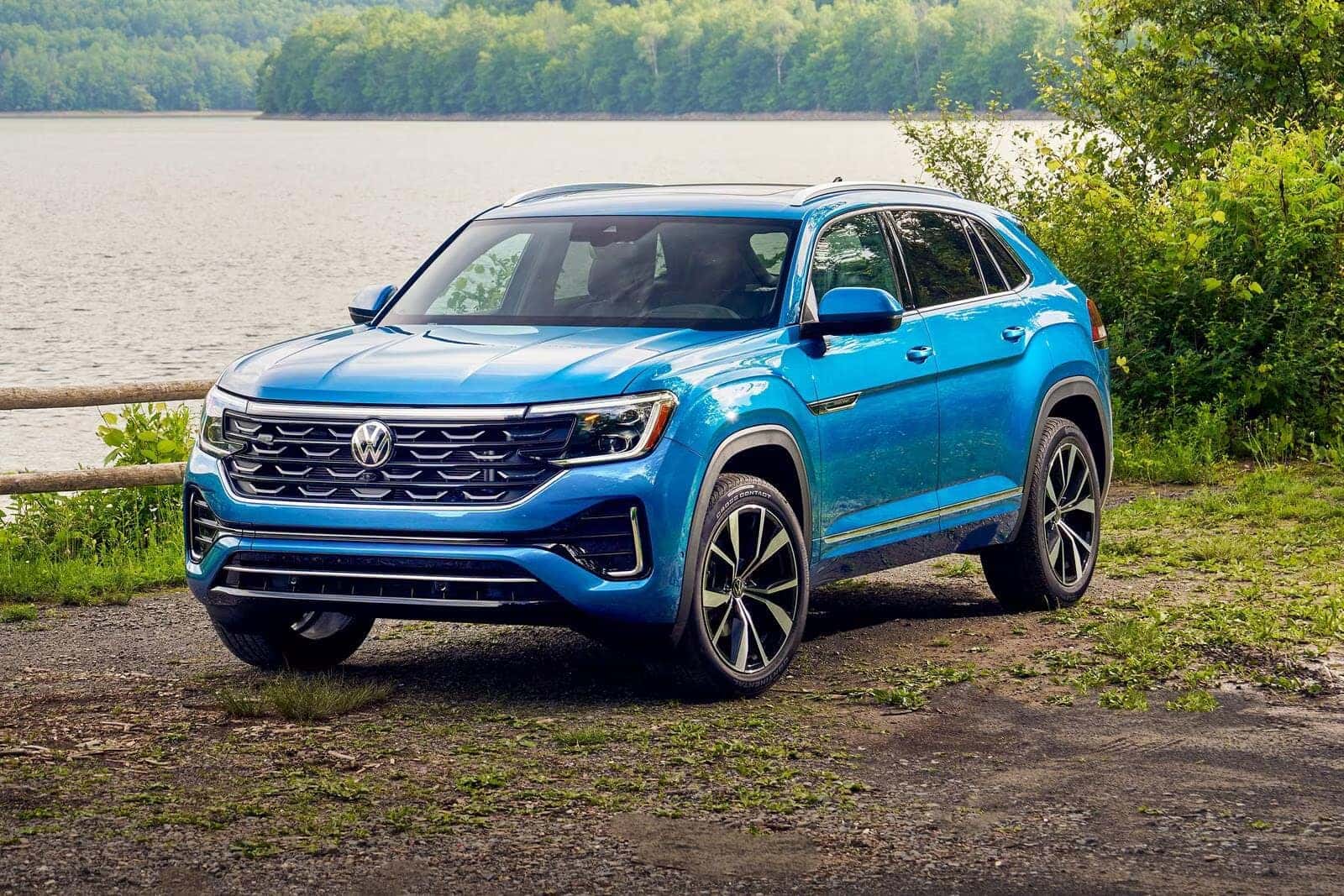
4. **Volkswagen “Snow Plow” Ad (1964)**Back in 1964, Volkswagen presented a rather clever commercial designed to underscore the Beetle’s legendary reliability, particularly in harsh conditions. The ad humorously showed a VW Beetle starting up effortlessly in freezing temperatures, ostensibly to prove its capability. The twist? It playfully questioned why anyone would choose a Beetle to plow snow, only to reveal that the actual plow truck had been driven to work *in* the Beetle. It was witty, memorable, and certainly made a point about dependability.
However, in today’s highly regulated advertising environment, this ad would likely face scrutiny for potentially misleading visuals about vehicle capability. While the humor was clear, the implication that a Beetle could, in some indirect way, be involved in snow plowing, even as a means of transport for a plow driver, could be challenged. Current advertising regulations demand greater clarity and often require disclaimers to prevent any misinterpretation of a vehicle’s actual performance or utility.
Exaggeration for comedic or illustrative purposes is still part of advertising, but there’s a much finer line drawn today. Any visual that could be construed as misleading regarding a product’s core function or safety features is typically avoided or heavily qualified. The ‘Snow Plow’ ad, for all its charm, demonstrates how even subtle visual ambiguities now carry a significant risk of consumer backlash and regulatory action.
Car Model Information: 2012 Volkswagen Beetle 2.5L
Sp: uk
Name: Volkswagen Type 1,”Beetle”
Caption: 1965–1966 Volkswagen Käfer
Manufacturer: Volkswagen
Alt: A front-three quarters view of a pale-yellow Volkswagen Käfer. It features 165/80R15 tires, which shod 15×4. 5″ silver, circular wheels. The Käfer features a beetle-like body, and its window is open. The picture is taken with much greenery in the background, and the photo was edited to give it a more warmer tone.
Aka: List of names for the Volkswagen Type 1
Assembly: #Markets and assembly
Designer: Ferdinand Porsche
Class: Small family car
BodyStyle: Sedan (automobile),convertible
Production: 1938–2003,21,529,464 produced
Successor: Volkswagen Golf Mk1,Volkswagen Gol#First generation (Typ30, 1980),Volkswagen New Beetle
Layout: Rear-engine, rear-wheel-drive layout
Engine: Petrol,Volkswagen air-cooled engine,1192 cc H4,1285 cc H4,1493 cc H4,1584 cc H4
Transmission: manual transmission,Saxomat,Autostick
Wheelbase: convert
Length: convert
Width: convert
Height: 1500 mm
Abbr: on
Weight: convert
Categories: 1940s cars, 1950s cars, 1960s cars, 1970s cars, 1980s cars
Summary: The Volkswagen Beetle, officially the Volkswagen Type 1, is a small family car produced by the German company Volkswagen from 1938 to 2003. A global cultural icon known for its bug-like design, the Beetle is widely regarded as one of the most influential cars of the 20th century. Its production period of 65 years is the longest for any single generation of automobile, and its total production of 21.5 million units makes it the most produced car of a single platform in history and the second-highest of all nameplates manufactured in the 20th century.
The Beetle was conceived in the early 1930s. The leader of Nazi Germany, Adolf Hitler, decided there was a need for a people’s car—an inexpensive, simple, mass-produced car—to serve Germany’s new road network, the Reichsautobahn. The German engineer Ferdinand Porsche and his design team began developing and designing the car in the early 1930s, but the fundamental design concept can be attributed to Béla Barényi in 1925, predating Porsche’s claims by almost ten years. The result was the Volkswagen Type 1 and the introduction of the Volkswagen brand. Volkswagen initially slated production for the late 1930s, but the outbreak of war in 1939 meant that production was delayed until the war had ended. The car was originally called the Volkswagen Type 1 and marketed simply as the Volkswagen. It was not until 1968 that it was officially named the “Beetle”.
Volkswagen implemented designations for the Beetle in the 1960s, including 1200, 1300, 1500, 1600, 1302, and 1303. Volkswagen introduced a series of large luxury models throughout the 1960s and 1970s—comprising the Type 3, Type 4 and K70—to supplement the Beetle, but none of these models achieved the level of success that it did. In 1972, it became the best-selling car of all time, a position it retained for nearly three decades. Rapidly changing consumer preferences toward front-wheel drive compact hatchbacks in Europe prompted Volkswagen’s gradual shift away from rear-wheel drive, starting with the Golf in 1974. In the late 1970s and ’80s, Japanese automakers dominated some markets around the world, which contributed to the Beetle’s declining popularity.
The Beetle remains one of the best-selling cars of all time and is the first to sell over 20 million units. Over its lifespan, its design remained consistent, yet Volkswagen implemented over 78,000 incremental updates. These modifications were often subtle, involving minor alterations to its exterior, interior, colours, and lighting. Some more noteworthy changes included the introduction of new engines, models and systems, such as improved technology or comfort. The Beetle maintains a substantial cultural influence and is regarded as one of the most iconic vehicles in automotive history; its success largely influenced the way automobiles are designed and marketed, and propelled Volkswagen’s introduction of a Golf-based series of vehicles.
Get more information about: Volkswagen Beetle
Buying a high-performing used car >>>
Brand: Volkswagen Model: Beetle
Price: $13,985 Mileage: 27,389 mi.

5. **Chevrolet “Baseball, Hot Dogs, Apple Pie, and Chevrolet” (1975)**Few jingles are as iconic and enduring as “Baseball, Hot Dogs, Apple Pie, and Chevrolet.” Introduced in 1975, this famous slogan expertly wove the Chevrolet brand into the very fabric of American identity and patriotism. The accompanying visuals were a parade of classic Americana scenes – backyard barbecues, wholesome families, Fourth of July parades – all designed to promote the car as a veritable national treasure, intrinsically linked to the American dream itself.
While undeniably catchy and emotionally resonant for its time, today, this ad’s heavy reliance on cultural identity to sell a product might be viewed through a more critical lens. Tying consumer goods so closely to national pride can now be seen as manipulative or, at best, outdated. The concept of a single brand embodying an entire nation’s spirit has become more complex and less universally accepted in an increasingly diverse and globally aware society.
Contemporary advertising tends to prioritize authenticity and connection to individual lifestyles over grand, sweeping statements of national allegiance. While brands still evoke emotion, they typically do so with greater nuance, avoiding the potential for exclusion or the simplistic appropriation of cultural symbols. The Chevrolet jingle, a powerhouse of its era, thus serves as a powerful testament to a different kind of marketing strategy, one less concerned with the subtle intricacies of modern cultural sensitivity.

6. **Plymouth Duster “Duster Girls” Commercial (1970s)**Let’s travel back to the 1970s, where the Plymouth Duster decided to rev up its sales by focusing not so much on the car itself, but on the alluring presence of ‘Duster Girls.’ In these commercials, women in tight, fashionable outfits would lean suggestively on the cars, delivering cheeky one-liners designed to attract potential buyers. The cars often seemed secondary to the models, who were implicitly treated as part of the overall visual ‘package’ being presented to the consumer.
This approach, which leveraged appeal as its primary selling tactic, would undoubtedly face major criticism and immediate calls for a ban in today’s advertising landscape. The blatant objectification of women, reducing them to visual accessories to a product, goes against virtually all modern principles of ethical and inclusive marketing. Brands today are increasingly committed to portraying women in empowered, diverse, and respectful roles, steering clear of such overt gender stereotyping.
The ‘Duster Girls’ commercials are a clear example of how much public standards regarding gender representation have evolved. What was once considered a harmless, even effective, marketing strategy is now recognized as problematic and demeaning. It underscores a significant cultural shift, demonstrating society’s growing intolerance for advertising that exploits gender for commercial gain, transforming what was once commonplace into something utterly unacceptable.
Car Model Information: 1973 Plymouth Duster
Name: Plymouth Duster
Caption: 1970 Plymouth Duster 340
Manufacturer: Plymouth (automobile)
Production: 1969–1976
ModelYears: 1970–1976
Assembly: Hamtramck, Michigan,Commerce, California,Fenton, Missouri,Windsor, Ontario
Designer: Milt Antonick and Neil Walling
Class: Compact car
BodyStyle: coupe
Layout: Front-engine, rear-wheel-drive layout
Platform: Chrysler A platform
Related: Plymouth Valiant,Dodge Dart
Engine: {{convert,198,cuin,L,1,abbr=on,Chrysler Slant 6 engine,Straight-six engine
Abbr: on
Transmission: manual transmission,4-speed manual,TorqueFlite
Wheelbase: 108.0 in
Predecessor: Plymouth Barracuda
Successor: Plymouth Volare,Plymouth Gran Fury
Categories: 1970s cars, All Wikipedia articles needing clarification, All articles with dead YouTube links, Articles with dead YouTube links from February 2022, Articles with short description
Summary: The original Plymouth Duster is a semi-fastback two-door coupe version of the compact-sized Plymouth Valiant automobile that was marketed by Plymouth in the U.S. from 1970 until 1976 model years.
Get more information about: Plymouth Duster
Buying a high-performing used car >>>
Brand: Plymouth Model: Duster
Price: $26,500 Mileage: 77,403 mi.
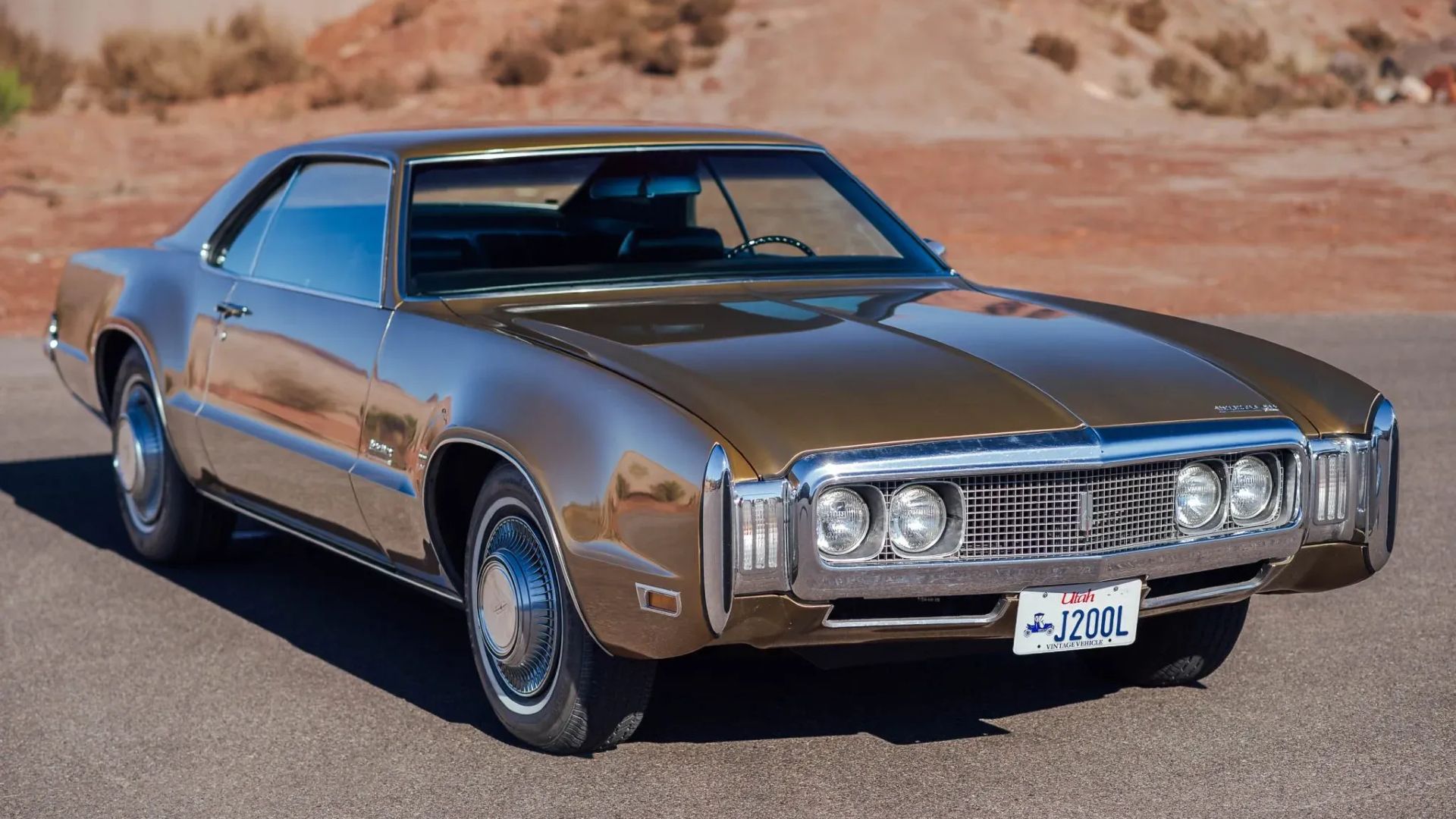
7. **Oldsmobile “This Is Not Your Father’s Oldsmobile” (1980s)**In the 1980s, Oldsmobile launched a memorable, albeit controversial, campaign with the tagline “This Is Not Your Father’s Oldsmobile.” The clear objective was to shed the brand’s staid image and appeal to a younger, more dynamic generation of car buyers. To achieve this, the commercials frequently depicted older men being subtly mocked or outright replaced by younger, trendier drivers. The humor, such as it was, often came at the direct expense of aging consumers, implying that Oldsmobiles were no longer for them.
Today, this kind of ageism would be highly controversial and very likely lead to the commercial being pulled. Advertising in the modern era emphasizes inclusivity and aims to appeal across generations, recognizing the value and purchasing power of consumers of all ages. Actively dismissing or making fun of an older demographic would be perceived as insensitive and discriminatory, generating significant backlash from consumer advocacy groups and the public alike.
Modern campaigns strive for broader appeal, often featuring diverse age groups interacting positively with products. The Oldsmobile campaign, while successful in creating buzz and a distinct identity for its time, exemplifies a marketing strategy that prioritized a narrow, youthful appeal at the cost of alienating a substantial demographic. It highlights how societal norms around age and respect have shifted, making such an exclusionary approach unacceptable in contemporary advertising.” , “_words_section1”: “1940
Continuing our journey through advertising’s wild west, where ‘anything goes’ was sometimes the unofficial motto, we uncover even more automotive ads that would spark outrage and swift removal from today’s screens. These commercials offer another fascinating glimpse into an era where marketing strategies were far less concerned with inclusivity, safety messaging, or respectful representation, instead often leaning into controversial comparisons, objectification, and reckless portrayals. Get ready to shake your head and marvel at just how much the world has changed since these spots first graced our television sets.
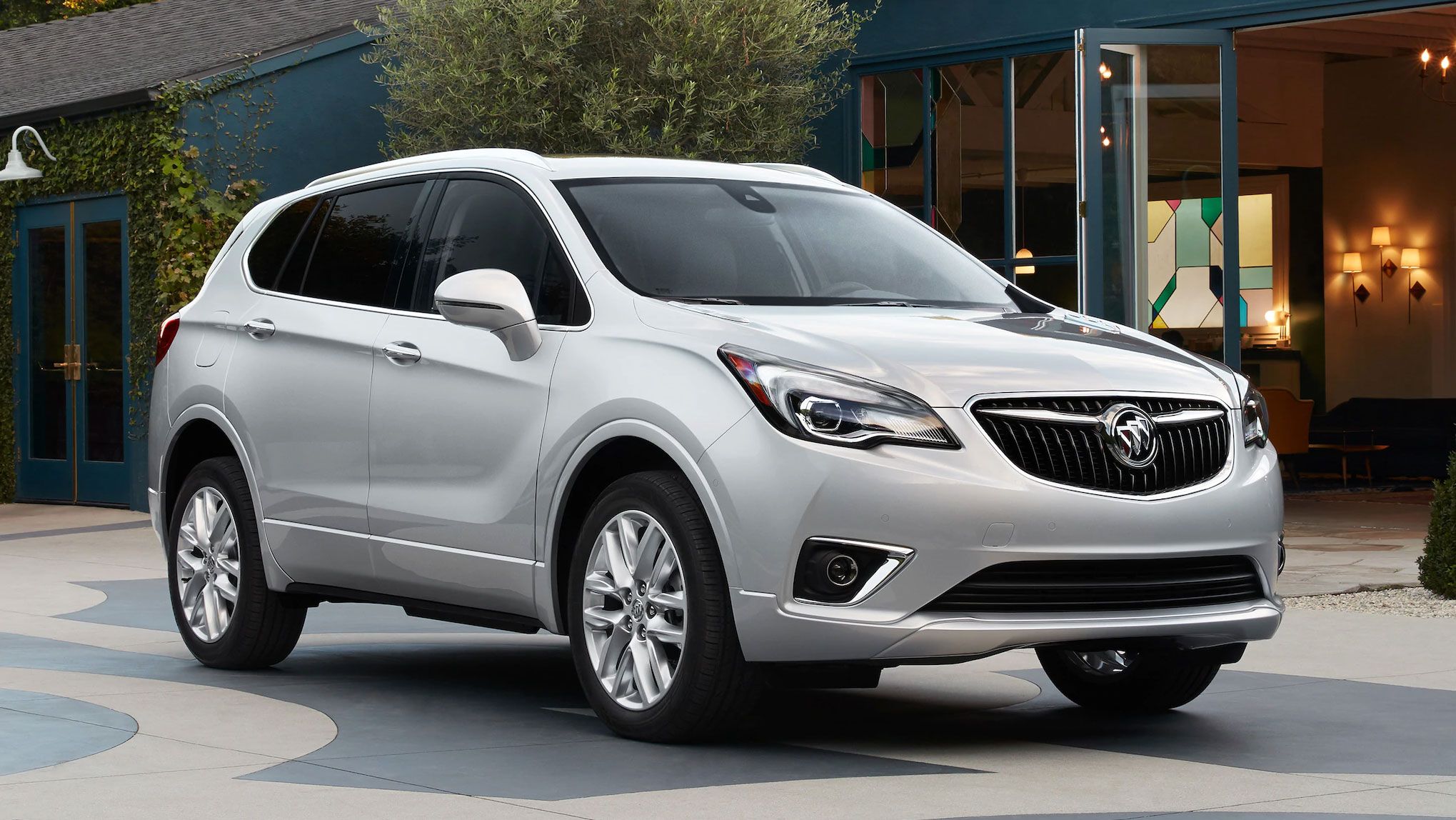
8. **Buick “Class with Muscle” Ad (1973)**Imagine an advertisement that compares a car to an ‘ideal woman’ – classy on the outside, wild on the inside. That’s precisely what Buick’s 1973 “Class with Muscle” commercial dared to do. The ad, intended to be humorous and aspirational, featured a man describing the Buick in terms that overtly reinforced the idea of both the car and women as possessions to be admired and, subtly, controlled. It was a bizarre blend of product features and deeply problematic gender stereotypes that, at the time, probably didn’t raise too many eyebrows.
However, if such a commercial were to air today, the outcry would be immediate and deafening. The messaging, once perhaps seen as playful, would now be widely condemned for its overt objectification of women, reducing them to an aesthetic and temperamental ideal rather than recognizing their autonomy. The casual conflation of a vehicle’s attributes with stereotypical female characteristics simply doesn’t fly in an era that champions gender equality and respectful representation across all media.
Modern advertising has, thankfully, moved far beyond such reductive comparisons. Today’s car ads focus on performance, safety, technology, and lifestyle integration, carefully avoiding any suggestion that a vehicle’s appeal is intrinsically linked to outdated gender roles or the notion of ‘ownership’ over people. This Buick ad is a powerful reminder of how far we’ve come in challenging and dismantling such problematic narratives in commercial spaces.
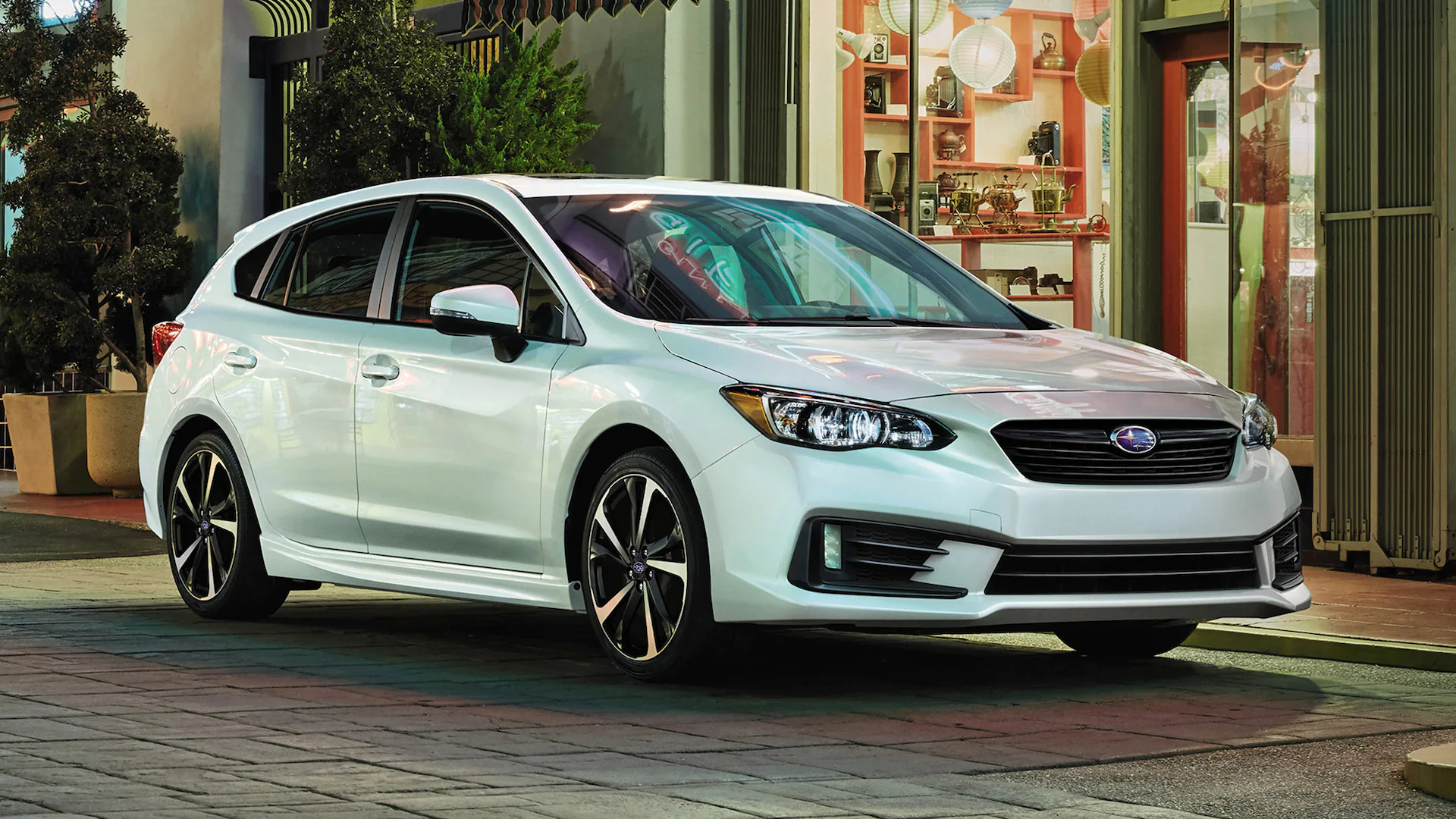
9. **Subaru “Skiing Safari” Spot (1980s)**Prepare for a dose of pure, unadulterated 80s recklessness with Subaru’s “Skiing Safari” commercial. This spot famously depicted a family embarking on an off-road adventure, enthusiastically crashing through snowy terrain with skis comically flying off the roof. What’s more, children were shown laughing gleefully as snow sprayed everywhere, while the parents made absolutely no effort to slow down, portraying an utterly irresponsible approach to winter driving.
The entire commercial glorified a kind of carefree, boundary-pushing adventure that, today, would immediately trigger a multitude of safety warnings and regulatory bans. Promoting such unsafe driving behavior, especially with children in the vehicle, stands in stark contrast to every modern automotive advertising guideline. The ad made light of scenarios that could easily lead to accidents, all in the name of showcasing a vehicle’s perceived ‘adventurous’ spirit.
In today’s landscape, car commercials are meticulously vetted to ensure they adhere to strict safety standards, often featuring disclaimers and portraying responsible driving. Safety is no longer a footnote but a paramount selling point, making the blithe recklessness of Subaru’s “Skiing Safari” spot a relic of a bygone era. It’s a stark illustration of how consumer protection and a general sense of public responsibility have become integral to marketing.
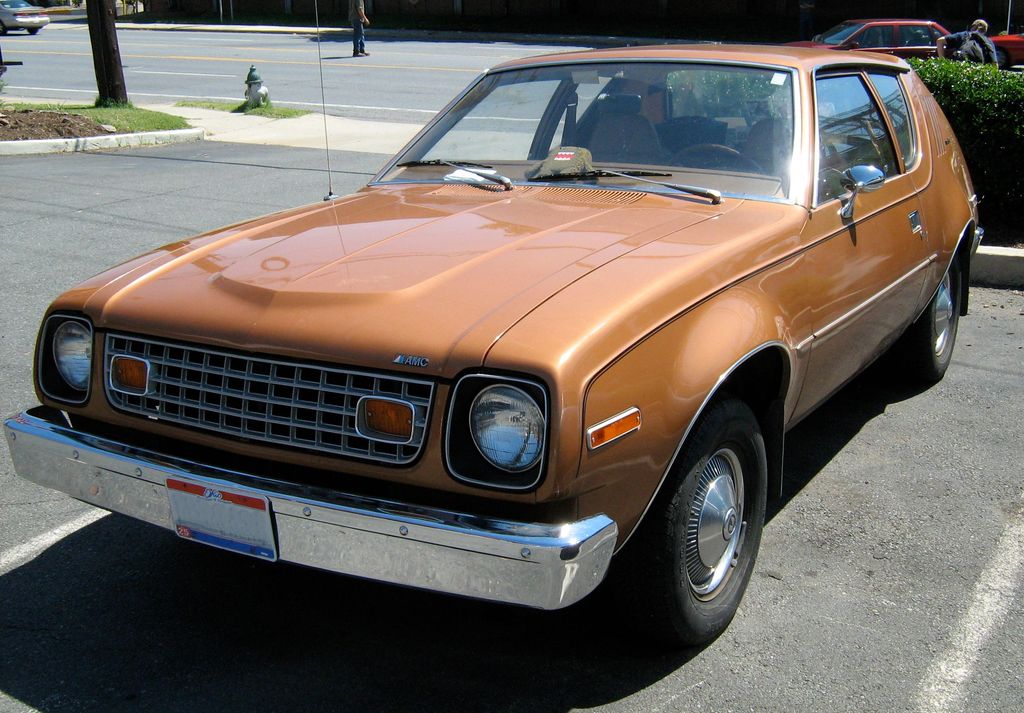
10. **AMC Gremlin “The Car That Dares to Be Different” (1970s)**The AMC Gremlin, a car that certainly lived up to its name in terms of unconventional design, was marketed with a campaign boldly titled “The Car That Dares to Be Different.” One particular ad took an interesting, if somewhat divisive, approach by mocking conventional cars and their drivers, comparing them to “boring people” stuck in mundane office settings. The underlying message was clear: Gremlin drivers were rebels, smart enough to reject mainstream values and embrace something truly unique.
While perhaps clever in its attempt to carve out a niche, this kind of division-based marketing would likely face considerable backlash today. The ad’s tone suggested that purchasing a Gremlin somehow made you inherently smarter or more rebellious than those who chose more conventional vehicles. Modern brands generally strive to unite, rather than alienate, audiences, seeking to create broad appeal rather than positioning consumers against each other with thinly veiled insults.
In an increasingly interconnected and sensitive consumer market, a commercial that deliberately belittles or pokes fun at a significant portion of potential customers would be seen as counterproductive and even offensive. The Gremlin ad, for all its audacity, serves as a testament to a time when brands could afford to be a bit more polarizing without immediately facing a social media firestorm or calls for boycotts.
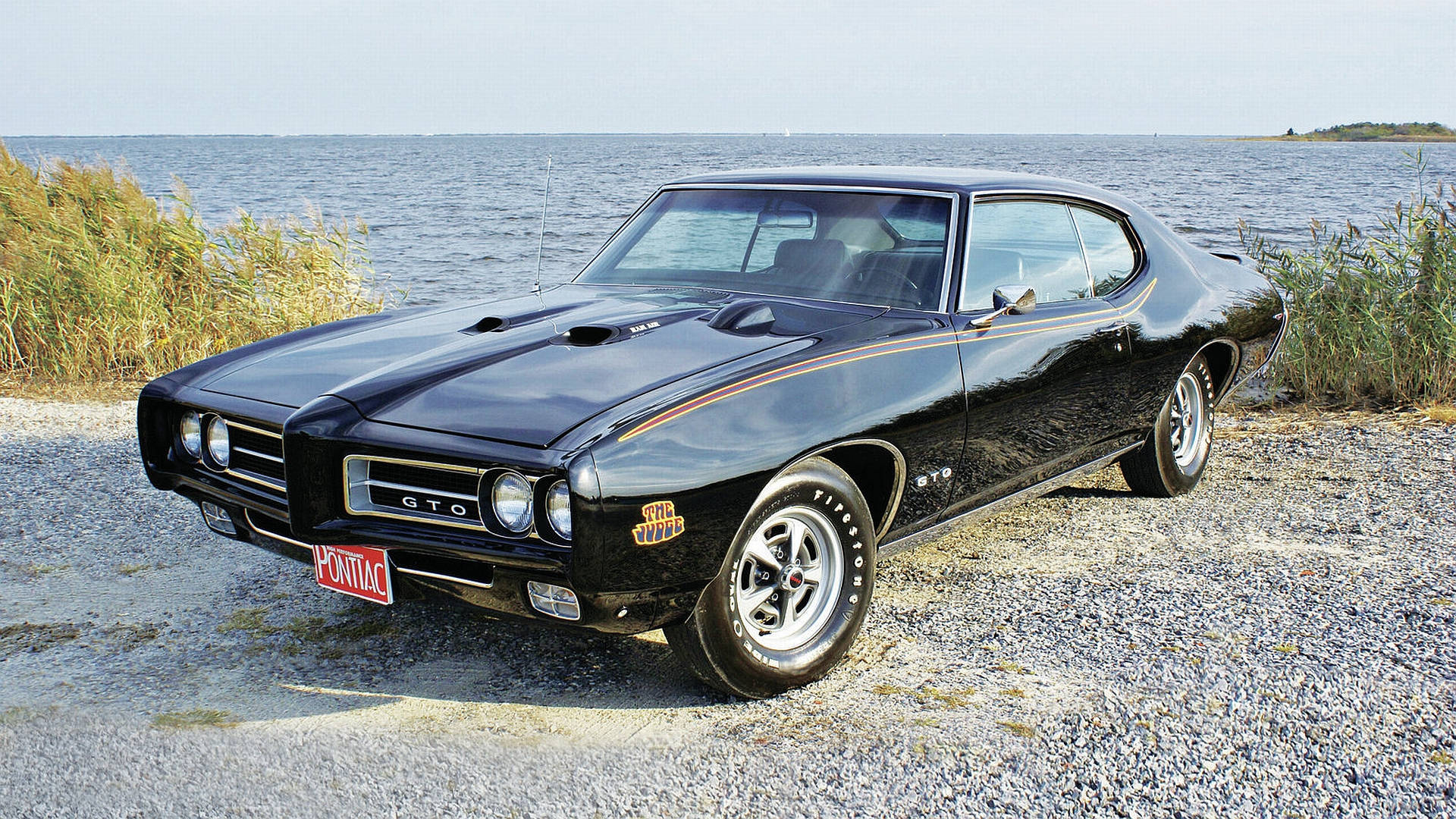
11. **Pontiac Trans Am “Excitement That Lasts” Ad (1980s)**If you wanted to encapsulate the unbridled automotive enthusiasm of the 1980s, look no further than the Pontiac Trans Am’s “Excitement That Lasts” commercial. This ad was a sensory overload of high-speed shots, closeups of tires squealing on asphalt, and a dramatic voiceover boasting about thrill and raw power. It was a blatant glorification of aggressive driving, celebrating the “need for speed” without a single mention of safety, responsibility, or the real-world consequences of such behavior.
The core message was unmistakable: excitement at any cost. This approach, while undeniably tapping into a desire for exhilarating performance, would be impossible to greenlight today. Modern advertising standards demand a delicate balance between showcasing a vehicle’s capabilities and promoting safe, responsible driving. Any depiction of a car pushing legal or ethical boundaries on public roads is now heavily regulated and almost universally avoided.
Contemporary commercials are packed with disclaimers, often featuring cars on closed courses or emphasizing advanced driver-assistance systems. The Pontiac Trans Am ad, with its single-minded focus on unadulterated speed and power, is a vivid illustration of how dramatically the industry’s approach to depicting driving behavior has evolved, prioritizing public safety and corporate accountability over pure adrenaline-fueled fantasy.
Car Model Information: 2019 Volkswagen Atlas 3.6L SE
Name: Pontiac Firebird
Caption: The second, third, and fourth generations of,the Pontiac Firebird Trans Am
Manufacturer: Pontiac (automobile)
Production: February 23, 1967 – August 30, 2002
ModelYears: 1967 – 2002
Class: Pony car,Muscle car
Platform: GM F platform
Related: Chevrolet Camaro
Layout: Front engine, rear-wheel-drive layout
Categories: 1970s cars, 1980s cars, 1990s cars, 2000s cars, All articles with dead external links
Summary: The Pontiac Firebird is an American automobile built and produced by Pontiac from the 1967 to 2002 model years. Designed as a pony car to compete with the Ford Mustang, it was introduced on February 23, 1967, five months after GM’s Chevrolet division’s platform-sharing Camaro. This also coincided with the release of the 1967 Mercury Cougar, Ford’s upscale, platform-sharing version of the Mustang.
The name “Firebird” was also previously used by GM for the General Motors Firebird series of concept cars in the 1950s.
Get more information about: Pontiac Firebird
Buying a high-performing used car >>>
Brand: Pontiac Model: Trans Am
Price: $15,988 Mileage: 72,895 mi.
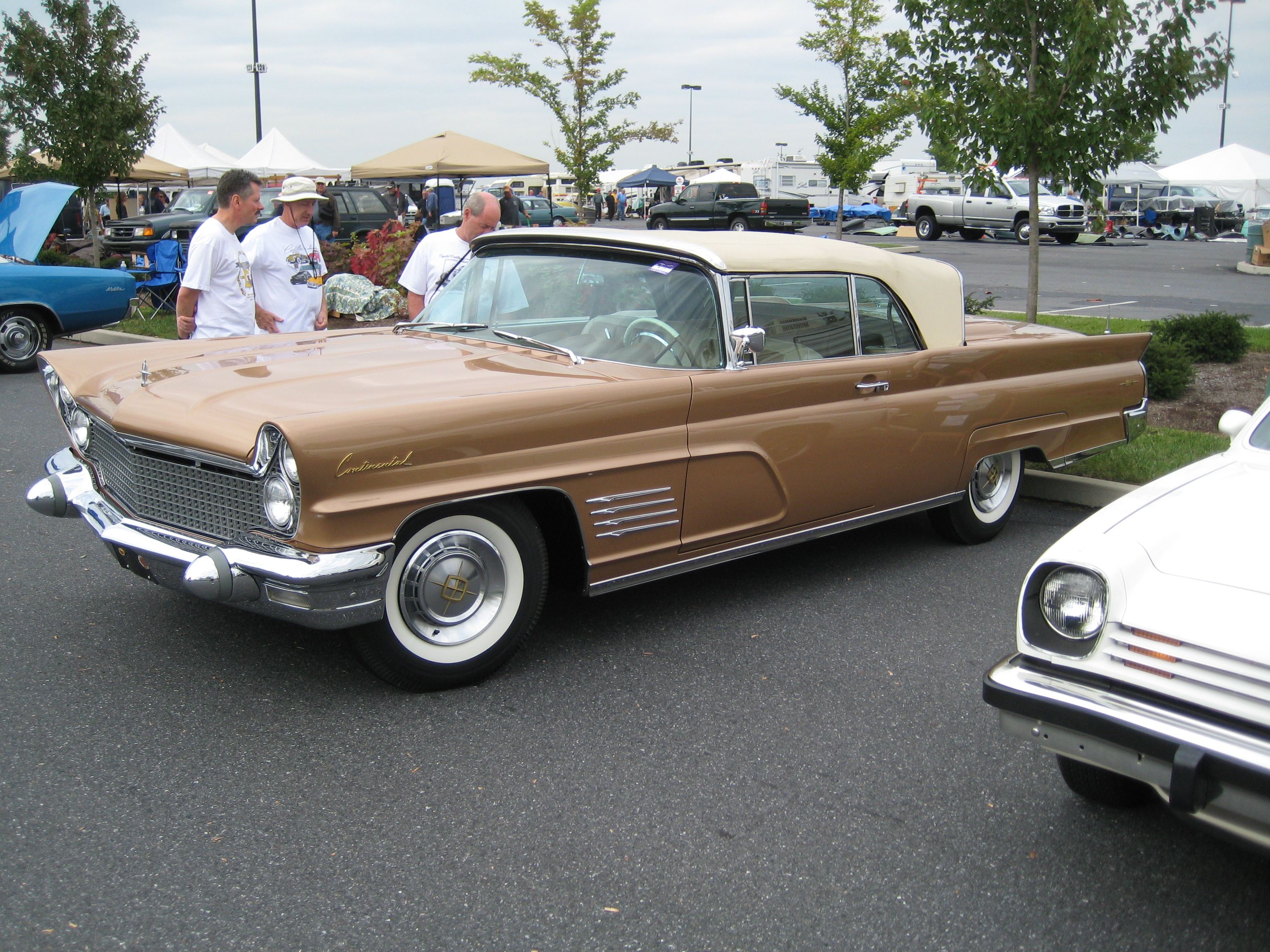
12. **Lincoln Continental “The Mark of a Great Man” (1960s)**Step back into the 1960s, and you might encounter the Lincoln Continental’s “The Mark of a Great Man” commercial. This ad explicitly associated the ownership of a Lincoln with being a successful, powerful male figure, speaking in lofty tones about status, dominance, and class. Women in these commercials were, unfortunately, mostly passive accessories, often seen admiring the “great man” and his opulent car, rather than being portrayed as independent individuals.
The implication was clear: manhood and luxury car ownership were intrinsically linked, forming a sort of ultimate status symbol for a very specific demographic. Such a narrow and gendered definition of success is profoundly outdated and would be considered highly discriminatory in today’s advertising landscape. Modern campaigns aim for broader appeal, focusing on diverse lifestyles, individual aspirations, and personal needs, irrespective of gender.
Today’s marketing efforts champion inclusivity, celebrating a wide range of achievements and personal journeys that aren’t tied to archaic notions of male dominance or the idea that women are merely props in a man’s world. The “Mark of a Great Man” ad thus stands as a historical artifact, revealing how deeply entrenched gender stereotypes once were in aspirational marketing, a stark contrast to the more equitable narratives we strive for today.
Car Model Information: 2018 Lincoln Continental Reserve
Name: Lincoln Continental
Caption: 2019 Lincoln Continental
Manufacturer: Lincoln Motor Company
Production: 1939–1942,1946–1948,1956–2002,2016–2020
ModelYears: 1940–1942,1946–1948,1958–1980,1982–2002,2017–2020
Class: Full-size car,luxury car
Layout: Longitudinal engine,Front-engine, rear-wheel-drive layout
Categories: 1930s cars, 1940s cars, 1950s cars, 1960s cars, 1970s cars
Summary: The Lincoln Continental is a series of mid-sized and full-sized luxury cars produced between 1939 and 2020 by Lincoln, a division of the American automaker Ford. The model line was introduced following the construction of a personal vehicle for Edsel Ford, who commissioned a coachbuilt 1939 Lincoln-Zephyr convertible, developed as a vacation vehicle to attract potential Lincoln buyers. In what would give the model line its name, the exterior was designed with European “continental” styling elements, including a rear-mounted spare tire.
In production for over 55 years across nine different decades, Lincoln has produced ten generations of the Continental. Within the Lincoln model line, the Continental has served several roles ranging from its flagship to its base-trim sedan. From 1961 to 1976, Lincoln sold the Continental as its exclusive model line. The model line has also gone on hiatus three times. From 1949 to 1955, the nameplate was briefly retired. In 1981, the Continental was renamed the Lincoln Town Car to accommodate the 1982 seventh-generation Continental. After 2002, the Continental was retired, largely replaced by the Lincoln MKS in 2009; in 2017, the tenth-generation Continental replaced the MKS.
As part of its entry into full-scale production, the first-generation Continental was the progenitor of an entirely new automotive segment, the personal luxury car. Following World War II, the segment evolved into coupes and convertibles larger than sports cars and grand touring cars with an emphasis on features, styling, and comfort over performance and handling. From 1956 to 1957, the Continental nameplate was the namesake of the short-lived Continental Division, marketing the 1956–1957 Continental Mark II as the worldwide flagship of Ford Motor Company; as a second successor, Ford introduced the Continental Mark series in 1969, produced over six generations to 1998.
Along with the creation of the personal luxury car segment, the Lincoln Continental marked the zenith of several designs in American automotive history. The Continental is the final American vehicle line with a factory-produced V12 engine (1948), the final four-door convertible (1967), and the final model line to undergo downsizing (for the 1980 model year).
American production of the Continental and MKZ, its only two sedans, ended in 2020 thereby making Lincoln a crossover/SUV-only brand in the US.
Get more information about: Lincoln Continental
Buying a high-performing used car >>>
Brand: Lincoln Model: Continental
Price: $25,000 Mileage: 66,177 mi.
.jpg/1200px-Ford_Figo_Second_Generation_(2016).jpg)
13. **Ford Figo “Leave your problems behind” Campaign (India)**Sometimes, an ad campaign goes from clever to utterly unthinkable in a single, ill-conceived stroke. Such was the fate of the Ford Figo’s “Leave your problems behind” campaign, conceptualized for the Indian market to boast about the car’s impressive trunk space. While the slogan itself seemed innocuous, the execution veered sharply into deeply problematic territory, showcasing a caricatured Silvio Berlusconi, the former Italian prime minister, with three stunning, scantily clad women gagged and tied up in the Figo’s trunk.
If that weren’t enough to induce cringes and outrage, the campaign also featured other versions equally as tone-deaf: one depicted Paris Hilton driving away with the bound Kardashian sisters, and another showed Formula 1 legend Michael Schumacher “getting rid of” his rivals Vettel, Hamilton, and Alonso in a similar fashion. The intent, presumably, was satirical humor, but the blatant imagery of kidnapping and the objectification of women crossed a line so far into bad taste that it became genuinely offensive.
The backlash was swift and severe. Ford India was forced to pull the ads immediately and issue a public apology, recognizing that such “distasteful advertising” was entirely unacceptable. This campaign serves as a powerful, albeit negative, example of how a brand can misjudge public sentiment and the ethical boundaries of humor, proving that some “problems” are definitely not meant to be left behind, especially when they involve such problematic portrayals.

14. **Daihatsu Hijet Comparison Ad**For sheer audacity in competitor comparison and casual objectification, the Daihatsu Hijet ad truly stands out. The Hijet, a humble microvan capable of carrying up to six passengers, decided to take on the mighty Lamborghini. The Japanese brand boldly claimed that with a Hijet, you could carry “five times as many women” as you could in a car from the Italian exotic brand. It was a bizarre, almost nonsensical, attempt to highlight passenger capacity through a highly questionable lens.
The ad’s ‘logic’ was simple math: more seats equaled more women. However, it utterly reduced women to mere commodities or trophies, implicitly suggesting that a car’s appeal could be measured by its capacity to transport them as a means of attraction. The disconnect between a practical microvan and the aspirational allure of a Lamborghini, coupled with the demeaning portrayal of women, is what makes this commercial truly unforgettable for all the wrong reasons.
No brand would dream of launching such a campaign today. Modern advertising focuses on genuine value propositions, be it utility, luxury, safety, or environmental consciousness, and does so without resorting to crude objectification or ludicrous comparisons. The Daihatsu Hijet ad offers a striking illustration of how vastly marketing ethics have shifted, moving away from strategies that once treated women as a mere metric for a vehicle’s perceived ‘power of attraction’ to more respectful and diverse messaging.
And so, our nostalgic, sometimes cringeworthy, journey through the archives of forgotten car commercials concludes. These ads, once common sights on our screens, are now stark reminders of how rapidly societal values and ethical considerations in advertising have evolved. While they might make us chuckle, or perhaps gasp, they serve a crucial purpose: to highlight how much progress we’ve made in demanding more responsible, inclusive, and thoughtful messaging from the brands that vie for our attention. It’s a testament to a changing world, where humor has matured, respect is paramount, and true innovation lies in connection, not controversy.

